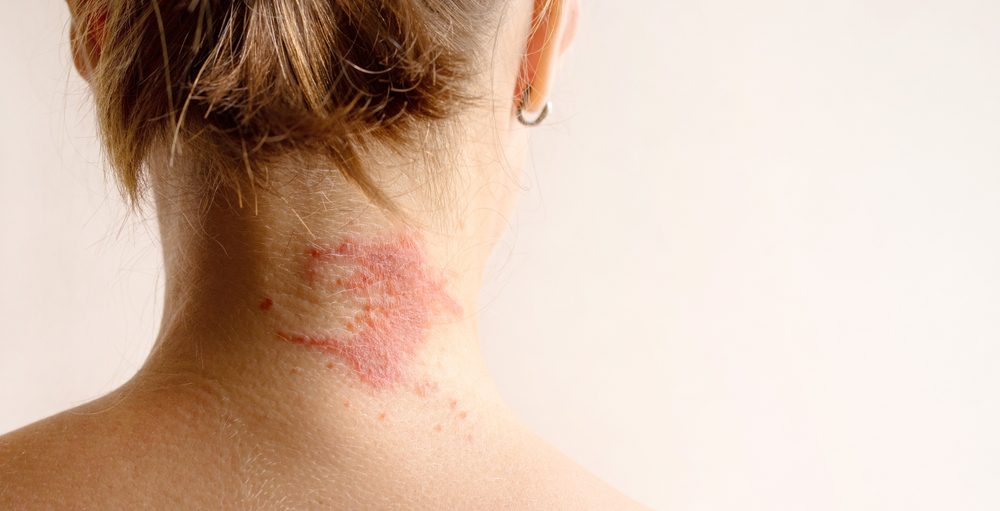Health Impacts of Fine Dust on Children: Respiratory and Allergy Issues
Health Impacts of Fine Dust on Children: Respiratory and Allergy Issues
Fine dust, also known as particulate matter (PM), is a serious environmental pollutant that poses significant health risks to children. These tiny particles, often less than 2.5 micrometers in diameter (PM2.5), can penetrate deep into the respiratory system, causing a range of health issues, particularly in young and developing bodies. In this blog post, we will explore how fine dust affects children’s health, focusing on respiratory diseases and allergy problems, and discuss preventive measures to protect your child.
Why Are Children More Vulnerable to Fine Dust?
Children are more susceptible to the adverse effects of fine dust due to several factors:
-
Developing Respiratory System: Their lungs are still growing and are more sensitive to pollutants.
-
Higher Breathing Rate: Children breathe faster than adults, taking in more air (and pollutants) per kilogram of body weight.
-
Closer Proximity to the Ground: Dust particles tend to settle near the ground where children play.
-
Immature Immune System: Their bodies are not yet fully equipped to fight off infections and inflammation caused by pollutants.
Respiratory Diseases Linked to Fine Dust Exposure
Prolonged or repeated exposure to fine dust can lead to various respiratory issues in children, including:
1. Asthma and Asthmatic Bronchitis
-
Triggers Inflammation: Fine dust particles irritate the airway, leading to chronic inflammation.
-
Symptoms: Wheezing, shortness of breath, chest tightness, and frequent coughing.
-
Risk of Severe Attacks: Children with pre-existing asthma may experience more frequent and intense episodes.
2. Chronic Obstructive Pulmonary Disease (COPD)
-
Early-Onset COPD: Repeated exposure to high levels of fine dust can contribute to the early development of COPD symptoms.
-
Permanent Lung Damage: Chronic exposure may cause irreversible changes in lung structure and function.
3. Respiratory Infections
-
Increased Susceptibility: Fine dust weakens the respiratory mucosa, making it easier for viruses and bacteria to penetrate.
-
Common Infections: Bronchitis, pneumonia, and upper respiratory tract infections.
Fine dust particles can also aggravate or trigger allergic reactions, such as:
1. Allergic Rhinitis
-
Symptoms: Runny nose, sneezing, nasal congestion, and itchy eyes.
-
Aggravating Factors: Dust particles combined with pollen or pollutants increase allergen exposure.
2. Atopic Dermatitis and Skin Issues
-
Skin Irritation: Fine dust can settle on the skin, causing inflammation and exacerbating eczema.
-
Increased Sensitivity: Children with pre-existing skin conditions, such as atopic dermatitis, may experience severe flare-ups.
-
Microplastic Contamination: Some fine dust particles contain microplastics that may penetrate the skin barrier, leading to chronic irritation and long-term skin damage.
-
Skin Barrier Disruption: Particles can damage the protective layer of the skin, making it more vulnerable to allergens and irritants.
-
Moisture Loss: Fine dust exposure can lead to dryness and compromised skin hydration, worsening eczema symptoms.
3. Conjunctivitis (Eye Inflammation)
-
Irritation and Redness: Dust particles that come into contact with the eyes can cause itching and swelling.
-
Risk of Infection: Continuous exposure may lead to bacterial or viral conjunctivitis.
Fine Dust and Atopic Dermatitis: Understanding the Link
Atopic dermatitis (AD) is a chronic inflammatory skin condition that becomes more severe with environmental triggers like fine dust. Studies have shown that fine dust particles can worsen skin symptoms by:
-
Inducing Oxidative Stress: Fine dust generates reactive oxygen species (ROS), causing cellular damage and inflammation.
-
Triggering Immune Responses: Airborne particles activate skin immune cells, leading to inflammation and allergic reactions.
-
Compromising Skin Integrity: Repeated exposure damages the skin barrier, allowing allergens to penetrate and trigger reactions.
Tips to Protect Skin from Fine Dust
Here are some effective strategies to minimize skin exposure to fine dust and manage atopic dermatitis symptoms:
1. Maintain Skin Hydration
-
Moisturize Frequently: Use emollient-rich creams to strengthen the skin barrier.
-
Barrier Creams: Apply protective creams before going outdoors to shield the skin.
2. Cleanse the Skin Properly
-
Gentle Cleansing: Use hypoallergenic, fragrance-free cleansers to remove fine dust without irritating the skin.
-
Immediate Washing: Clean exposed skin as soon as coming indoors to remove pollutants.
3. Indoor Air Quality Control
-
Air Purifiers: Use HEPA-filter air purifiers to reduce airborne dust and allergens.
-
Frequent Cleaning: Damp dusting and wet mopping to minimize dust accumulation.
4. Personal Protection
-
Wear Protective Clothing: Long sleeves and masks can reduce skin exposure when outdoors.
-
Avoid Harsh Soaps: Opt for mild, moisturizing soaps that do not strip the skin's natural oils.
00149-X/asset/246b2428-5df5-410b-99a3-a2d0111c9d10/main.assets/gr1_lrg.jpg)






Comments